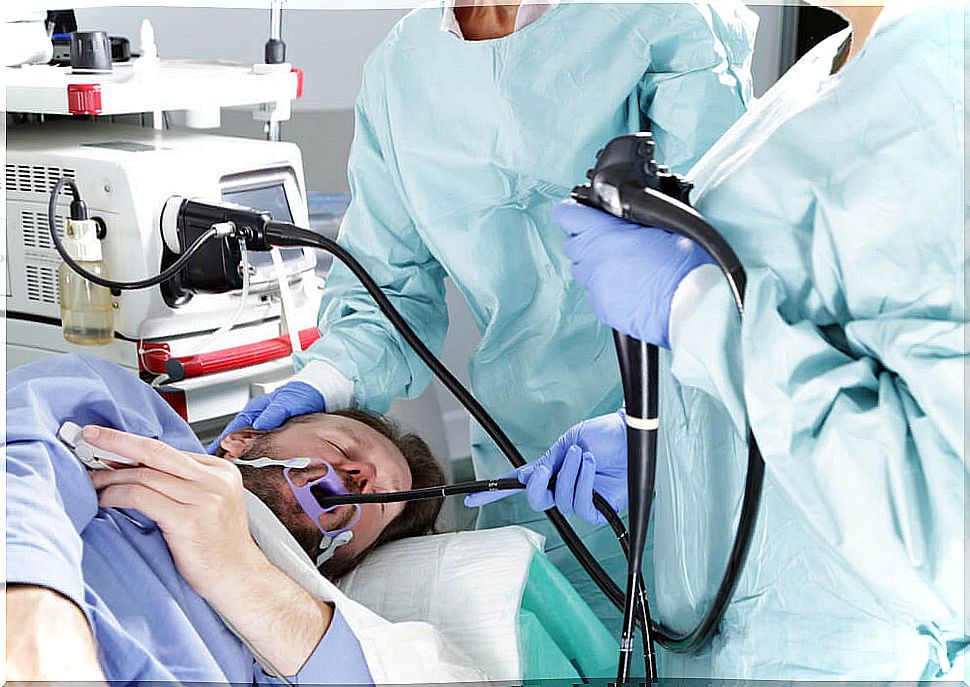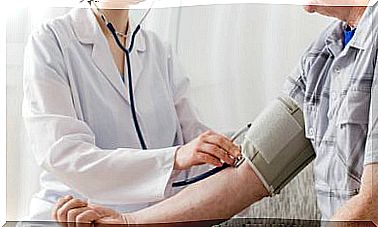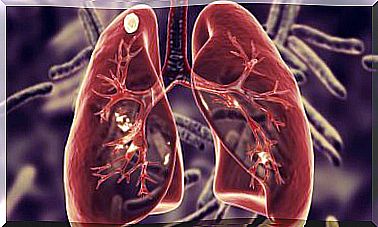Endoscopy: What Is It For And How Does It Work?
Today medicine has advanced remarkably and diagnostic methods are no exception. In situations where a better inspection or assessment of the area is essential , the use of methods such as endoscopy is necessary.
Endoscopy is a medical procedure performed to look inside a specific area of the body. An instrument called an endoscope is used for this.
What is endoscopy for?
It serves as a diagnostic method and even to carry out certain surgeries. Which in previous years had to be performed through cuts or important incisions, with a longer recovery time and complications of the surgical intervention.
During the procedure, small tissue samples (biopsy) can also be taken through small forceps for further analysis. Also, remove foreign bodies, or stop bleeding. According to the intention of the procedure, the doctor will decide what type of endoscope to use.
It should be noted that there are different types of endoscopes. Most include a light source and consist of a small camera at the end, which can transmit an image in real time through a screen. This camera allows the doctor to obtain a better panorama, with more details of the situation a patient is going through and thus implement the most appropriate treatment.

According to the area that is necessary to visualize, the appropriate type of endoscope will be chosen. There are rigid or flexible endoscopes, and they also vary in size. They can be introduced into the body through natural orifices such as the mouth, nose, urethra, anus, vagina. Or through a small incision in the skin.
Types of endoscopies
This technique will be named according to the area of the body examined, such as:
- Arthroscopy – examines the inside of a joint. The endoscope is inserted through an incision in the skin.
- Colonoscopy – examines the colon and large intestine. The endoscope is inserted through the anus.
- Laparoscopy: examines the space between the abdomen and the pelvis. It is inserted through an incision in the skin of the abdomen.
- Cystoscopy: looks at the bladder, and is inserted through the urethra.
- Hysteroscopy: looks at the uterus and is inserted through the vagina.
- Laryngoscopy – examines the larynx. It is introduced through the mouth or nose.
- Bronchoscopy – examines the trachea and bronchi. It is introduced through the mouth or nose.
- Gastroscopy or upper digestive endoscopy: examines the esophagus, stomach and part of the duodenum. It is introduced through the mouth.
Anesthesia
On the one hand, to perform this technique the doctor generally sedates the patient and places a local anesthetic prior to the introduction of the tube, in certain cases general anesthesia is necessary. Depending on the patient’s condition.
Your doctor is the one who will evaluate the type of anesthesia to use. In the event that this procedure is indicated, the professional will first explain which endoscopy will be performed. And secondly, the necessary preparation, such as: fasting, changes in your diet, or the application of laxatives or enemas.
Risks
In most cases , fear is the main cause of the absence of this type of diagnostic test. But you should know that today the discomfort generated by endoscopy should be minimal.
On the other hand, the correct explanation of the doctor about the technique is of vital importance. You should detail the process in a simple way, clarifying all kinds of doubts regarding risks and contra-indications.
Risks and complications are very rare, but could occur, for example:
- Infection.
- Bleeding or hemorrhage, especially when a biopsy is done during endoscopy.
- Adverse reactions to anesthesia.
- Tear of the esophagus, for example, when additional procedures are carried out during endoscopy.
However, as we have said, complications are usually very rare. Even so, it is convenient to prevent them by following the advice and instructions that the healthcare professional gives us.

Conclution
Finally, it should be noted that early detection of any pathology helps to have a better prognosis.
Therefore, always follow the recommendations of your doctor, so through the correct diagnosis and subsequent appropriate treatment, you will be able to enjoy a better state of health and consequently a better quality of life.









